Farm Bureau involvement helps young couple
To help get their name out in the community, while also being involved in the community, the Kisers got involved with Farm Bureau on the county level.
Read MoreHardworking Ohio farmers are fueling the state’s burgeoning distilled spirits industry with corn, barley, rye and wheat crops that give both farmers and distillers an edge.
Ohioans know their farmers feed the nation with plentiful crops of corn, soybeans, wheat
and oats.
But they may not know that hardworking Ohio farmers are fueling the state’s burgeoning distilled spirits industry with corn, barley, rye and wheat crops that give both farmers and distillers an edge.
Ohio Liquor is spreading the word through Seed to Sip, a series of stories and videos that gives Ohioans an inside look at how farmers and distillers create the bourbon and whiskey that ends up in the glass.
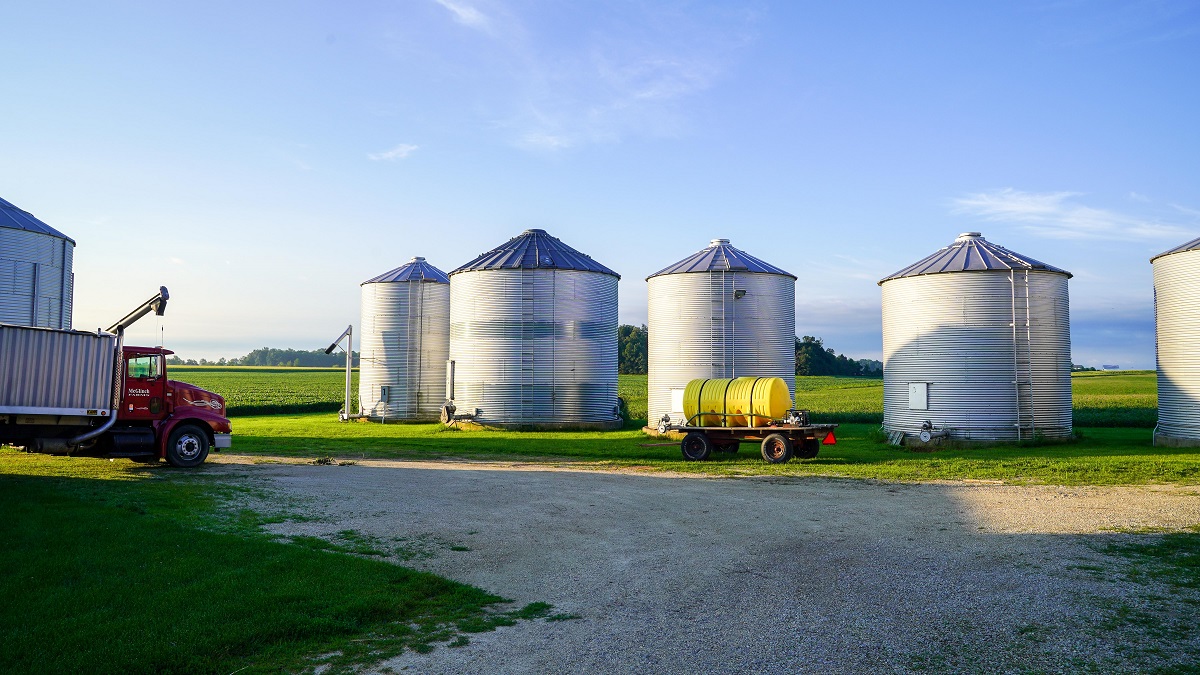
Lorraine Terry, managing director of Ohio Liquor, and journalist Andy Vance, the consultant and writer for the series, are leading the effort.
Ohio Liquor, Terry explained, is a public-private partnership that manages high-proof liquor distribution in Ohio and directs liquor-sale profits to economic development. Vance’s Seed to Sip stories and videos are featured on Ohio Liquor’s website, ohlq.com.
The project was recently featured on the Ohio Farm Bureau Podcast.
“Every sip comes from a seed somewhere,” Vance said in the podcast, and people are fascinated to learn the production process.
“The Seed to Sip program reflects partnerships across multiple economic sectors,” said Tim Derickson, director of food and agribusiness for JobsOhio. “From my earliest days as a corn grower and dairyman to my work with legislative and regulatory practices to my current food and ag economic development role with JobsOhio, I’ve come to appreciate the long and arduous process and the many hands involved, taking a kernel of corn to a sip of spirits.”

The story of Greg McGlinch of Down Home Farms in Darke County is one example.
A multigenerational farmer, McGlinch grows and processes grain for the spirits industry, including corn and rye for Indian Creek Distillery, which Joe and Missy Duer built on her family’s New Carlisle farm. McGlinch has provided the distillery’s grain for the past 10 years and in recent years has not only dried and stored it but also ground it for Indian Creek.
The close relationship between McGlinch and the Duers is indicative of the tight-knit bond that develops between farmers and distillers, Vance said.
“That distiller is on the phone with the farmer all the time,” he said. “I love that relationship aspect of the industry.”
Another farmer who’s embraced growing grain for distillers is Matt Cunningham of Rustic Brew Farm near Marysville. As a fourth-generation farmer, Cunningham was always looking for ways to continue his family’s agricultural legacy.
To add diversity, he began growing barley for malting nine years ago as well as hops, an ingredient in beer. Then he added a malting house and built his own malting chamber, fabricating larger and larger ones as his business grew, Vance said. (Malting involves allowing soaked grain to germinate and sprout to help the grain’s starches convert to sugar.)
That’s enabled Cunningham to prepare barley and other grains for distillers like Echo Spirits in Columbus and Hall Brothers Distillery in Dayton.
 Like most other Ohio farmers, growing grain for distillers is only a part of their farm’s production. For Cunningham’s family, it’s about 10%, but that percentage could grow in the future.
Like most other Ohio farmers, growing grain for distillers is only a part of their farm’s production. For Cunningham’s family, it’s about 10%, but that percentage could grow in the future.
Ohio, Terry points out, is the fourth-largest whiskey buying state in the nation. Last year, $1.7 billion of high-proof liquor was sold in Ohio, an increase over 2021 and 2020.
According to the American Craft Spirits Association, the number of active craft distillers in the United States grew by 17.4% in 2022, to a total of 2,687. About 60 of those are in Ohio, Terry said.
“I’m proud of JobsOhio’s commitment to growing the food and agribusiness industry,” Derickson said. “With growing interest in farming practices in the foods we eat and beverages we drink, consumer awareness of the food and agriculture industry is at record levels.”
“Ohio farmers are doing OK with that,” Terry said. Vance said the spirits industry is expanding so quickly in the state that statistics on the projected needs aren’t available. In part, that’s because the creation of a bottle of whiskey or bourbon is a process that can take up to a decade, Terry said.
So, she said, consumers should “take a pause before you take your next sip” of liquor and consider how that sip evolved, from seed to sip.
Derickson concurred and said producers should take advantage of opportunities before them as well.
“Those of us who have spent a lifetime appreciating and working within the industry must step back and take note of this growing interest and seize opportunities to educate Ohioans about where their food, and spirited drink, come from,” he said.
Photos by Lyndsey Murphy
Listen to an interview with Lorraine Terry, managing director of Ohio Liquor, and journalist Andy Vance, the consultant and writer for the Seed to Sip series, on the Ohio Farm Bureau Podcast.
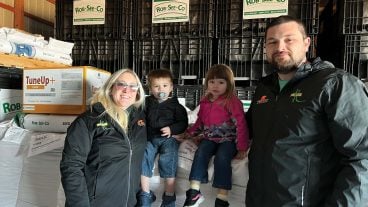
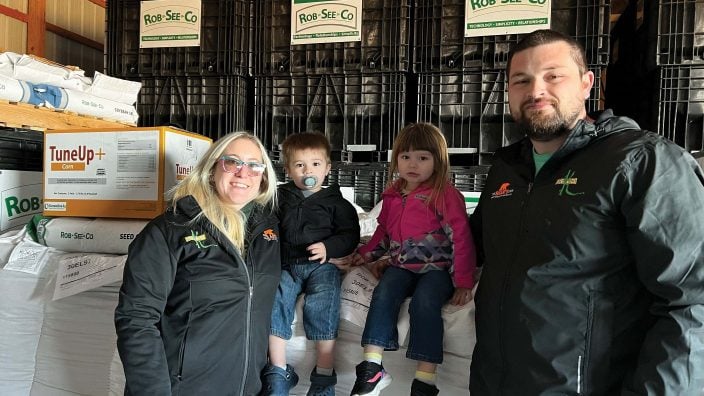
To help get their name out in the community, while also being involved in the community, the Kisers got involved with Farm Bureau on the county level.
Read More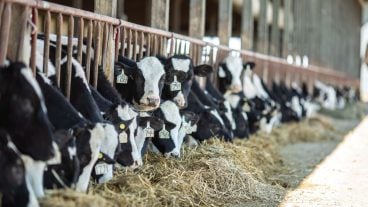
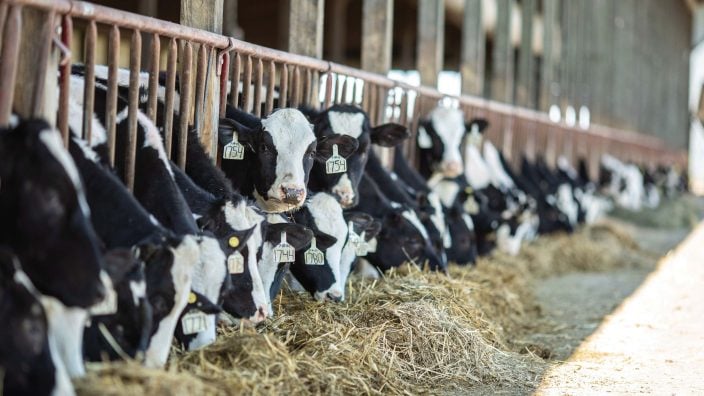
As a result of the Federal Milk Marketing Forum, delegates at the 2023 American Farm Bureau Annual Convention adopted policies to guide the organization’s work on the dairy pricing front.
Read More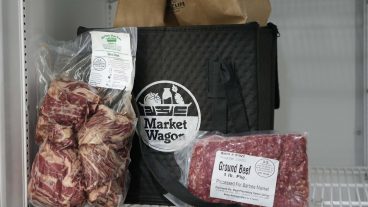
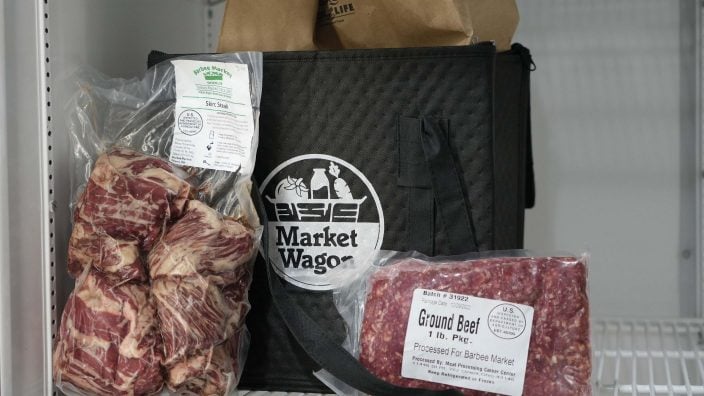
Started 10 years ago in Indianapolis to give farmers another outlet to sell their products year-round, the Market Wagon online farmers market has three hubs in Ohio.
Read More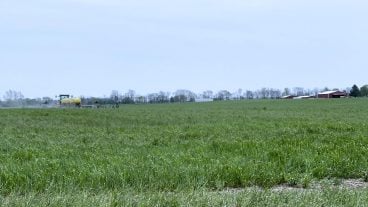
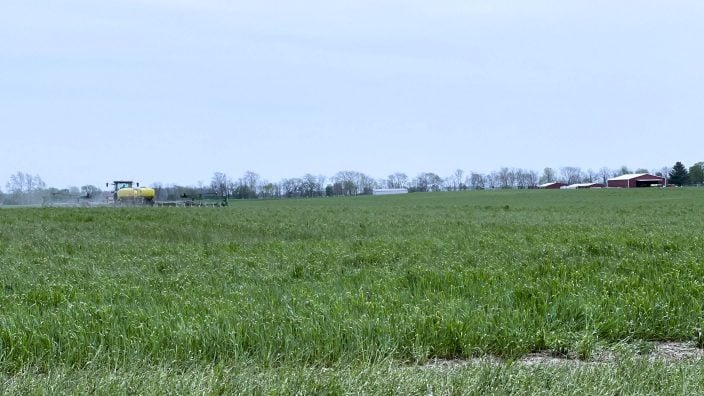
Ohio Farm Bureau will be working directly with our state’s congressional delegation in Washington throughout the development of this new farm bill, and I encourage you to do the same.
Read More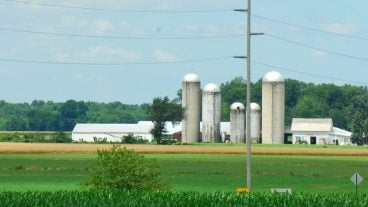
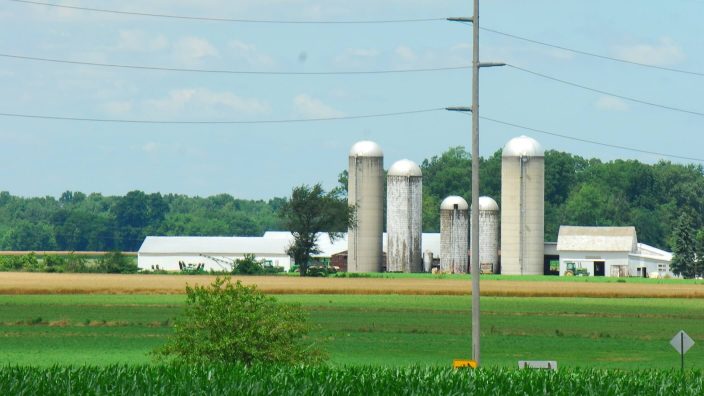
ShockAvoid is a provider of high-voltage proximity alarms to help farmers and crop protection applicators steer clear of dangerous electrical hazards.
Read More
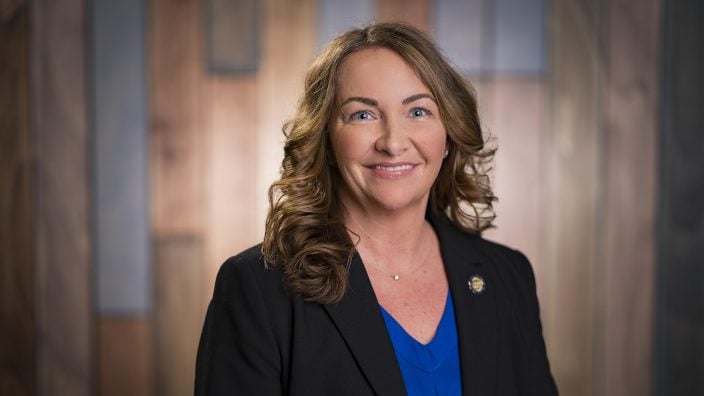
Cox explains how the foundation carrying out its mission subsequently impacts the future of agriculture.
Read More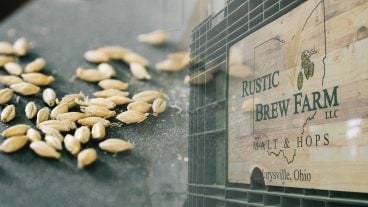

Ohio farmers are fueling the state’s burgeoning distilled spirits industry with corn, barley, rye and wheat crops that give both farmers and distillers an edge.
Read More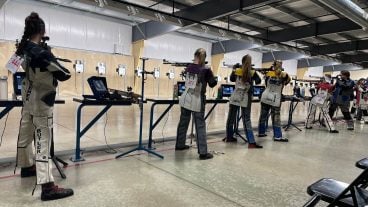
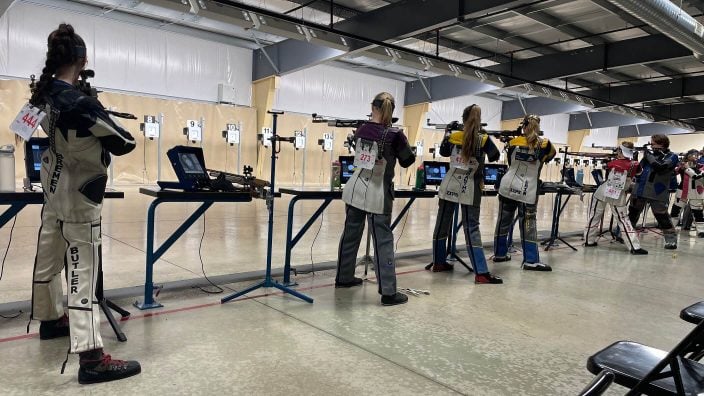
CMP at Camp Perry is located in a rural area, so when there are open shooting nights or weekends, local people – who might otherwise be shooting on their own property – can come and compete.
Read More